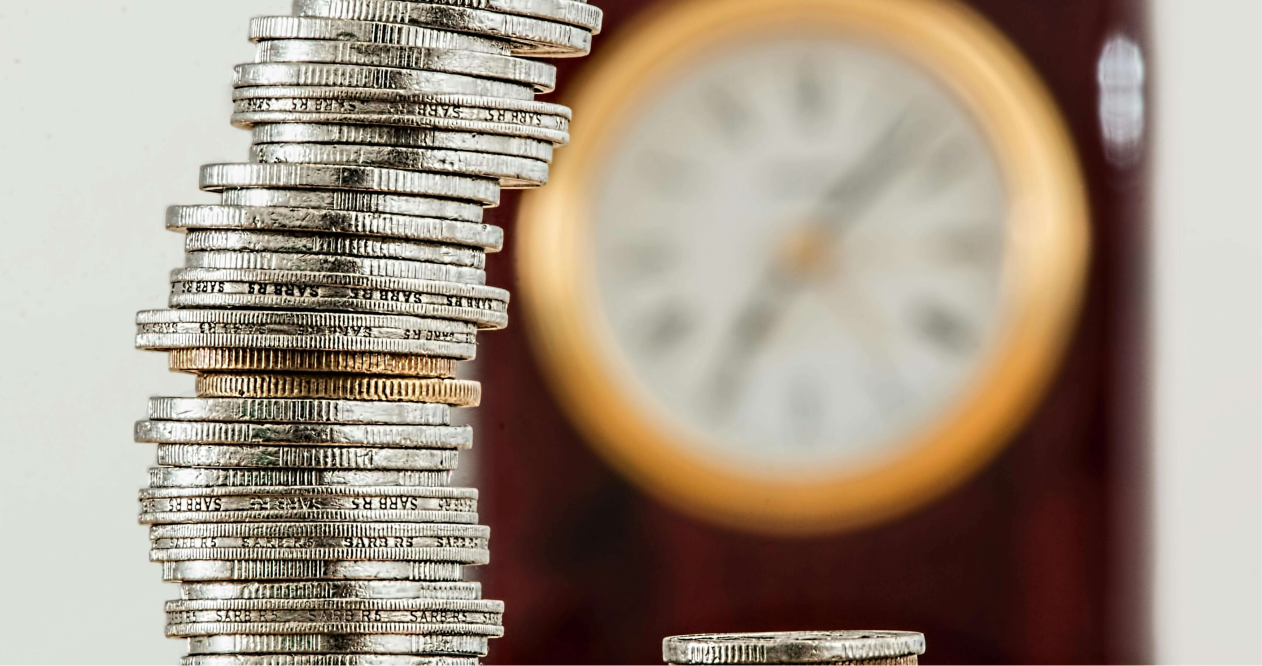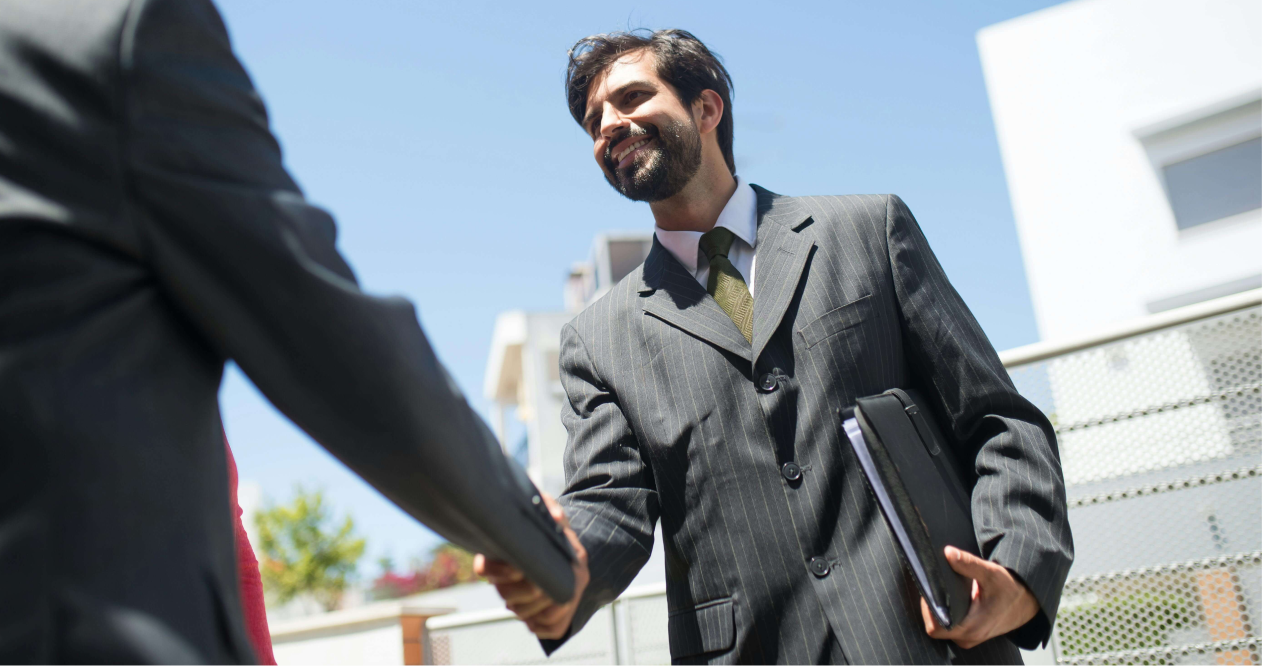As educators, whether primary, secondary or tertiary – public or private – to assume the role of leaders in energy efficiency sustainability is a natural fit. After all, the young minds our institutions are educating stand to benefit greatly from environmental initiatives to turn back the clock on the damage done by recent generations on the climate. Furthermore, the learning environment of educational institutions is ideal for exploring possibilities, innovating, and documenting thinking – not to mention using their sizable campuses and facilities for renewable energy implementations. However, for a number of reasons, from the age of buildings to funding, to who’s ultimately controlling their bottom line, it’s not always straightforward for Australia’s educational institutions to represent energy efficiency’s gold standard.
So what part are Australian schools playing in our progress towards net zero and what impacts their ability to do so? Let’s go to class.
Where Australian schools use their energy
The Clean Energy Council suggests that the average Australian classroom uses 3800 kWh of electricity per year, which is roughly half the consumption of the average Aussie household. In terms of their carbon footprint, the Australian school system is the fifth largest emitter of Carbon Dioxide and Equivalent (CO2e) in energy alone in Australia – a contribution which is far from insignificant.

The majority of energy consumption in schools comes from the demands of heating, cooling and lighting (around 70%) with the remainder used for electronic tools required for learning and other extra-curricular activities.

What schools can do to save on energy
Advocates for stronger energy efficiency in schools have observed that, whilst projects and incentives for renewable energy initiatives are underway, there’s an untapped opportunity in the simple steps. If ONE school turned off their appliances at the wall every night it would save on average $2225 per school per month, and that, multiplied by Australia’s 9500 schools, amounts to a cost reduction of $235M per year – that’s without the need for going to a board, getting a grant, creating a solar project or anything but a little commonsense conservation.
Whilst the simple things may be impactful, they barely tap the surface of the energy efficiency opportunity that presents itself to today’s schools if they harness the latest in renewable energy generation and emerging energy efficiency technologies. For example, their buildings and adjoined school properties offer the ideal environment for solar power generation – for both their own use and to inject back into the grid for the use of their communities. Despite there being some inspiring examples achieved around Australia to date, these projects can be expensive and complicated to implement – depending on the school, the age of its buildings, and of course whether funds are available for what can be extensive works.
3 opportunities for educational energy evolution
For educational institutions to make progress towards being model citizens of sustainability, there are three opportunities to be seized now:
- Lighting, heating & cooling upgrades – all businesses, including schools are being advised that one of the most impactful ways to lower your carbon footprint is to upgrade your appliances to today’s most energy-efficient examples. This includes (but is not limited to) replacing incandescent lighting with LED lighting and upgrading appliances to 5-star energy rating versions.
- Embracing energy intelligence – schools that know where their energy goes will be far better placed to implement energy strategies that work – and today’s energy monitoring platforms and services are how. Services offered by Energy Consultants that monitor and report on metering data can gives schools and other businesses ongoing energy intelligence to measure their impacts, report on them and rally continued support from boards.
- Utilising government grants – Public schools can participate in a myriad of government sustainability programs, such as the Sustainable Schools Grants program in NSW which releases grants in batches to be used for sustainability programs in public schools. Private educational institutions more commonly need to apply to their School Boards to have funds approved to cover sustainability projects and success will depend on the wealth of the school and its ability to balance the cost with their other educational obligations and priorities.

How Zembl can help schools know more, use less and pay less for their energy
For more than 15 years, Zembl has been helping businesses and Not for Profits like schools with Energy Procurement, securing savings that can translate into tens of thousands every year on their bottom lines. Better still, when you choose Zembl for Energy Procurement, you unlock the works in terms of additional value and insight to help your business know more, use less and ultimately pay less for your energy.
Our in-depth Tender service is free and obligation-free, and if you sign with one of our presented offers, you unlock the works in terms of ongoing service and value for the duration of your contract – including AI-powered meter analytics & reporting, Energy Efficiency consulting and the dedicated support of our people to turn insight into action that makes a difference on your bottom line.
To request a callback from a Zembl Energy Consultant, leave your details below and upload a recent bill if you can.





.png)


.png)

.svg)
.svg)